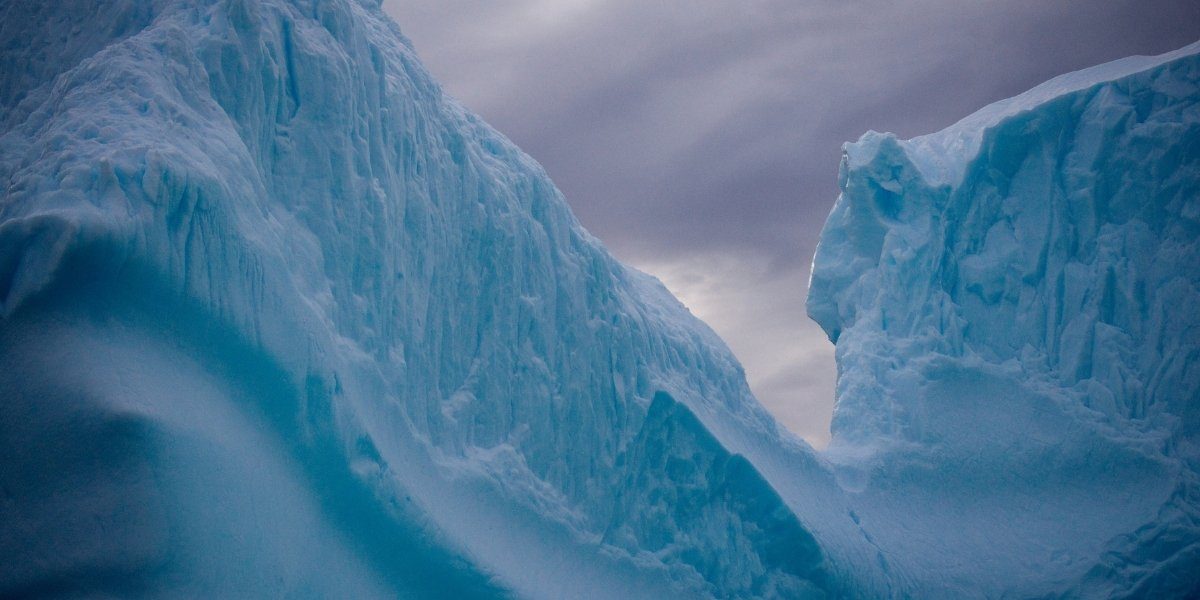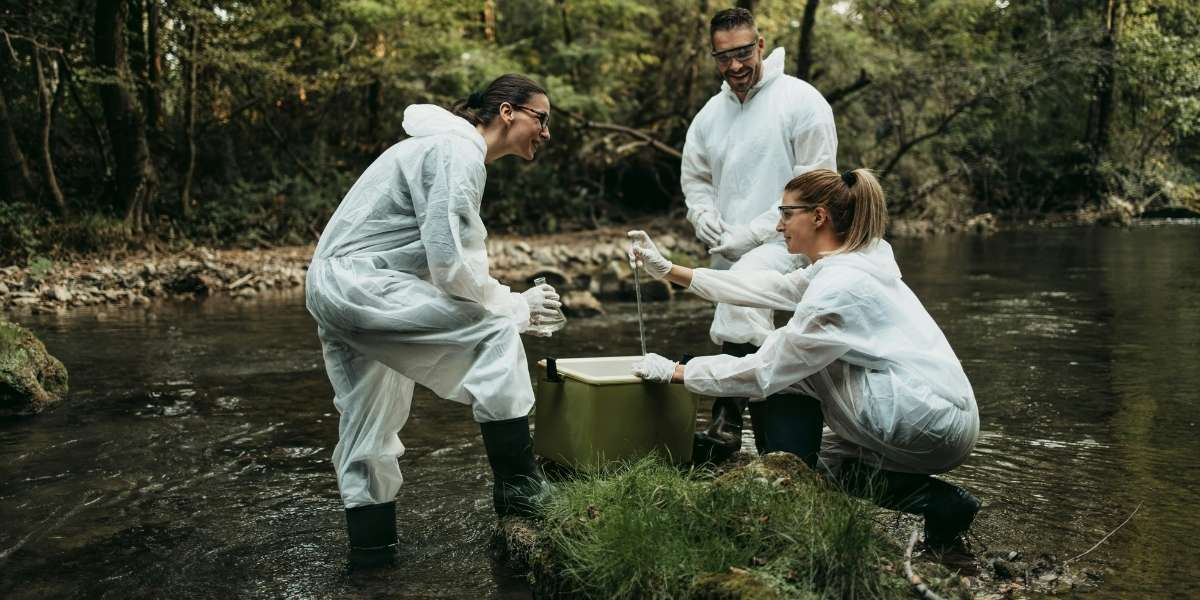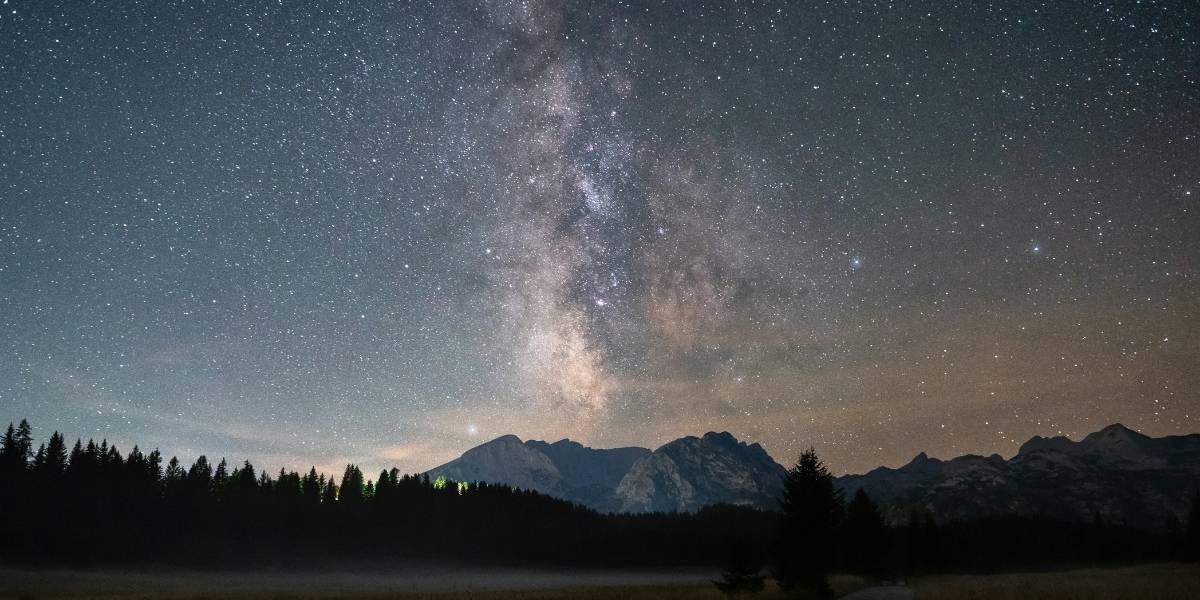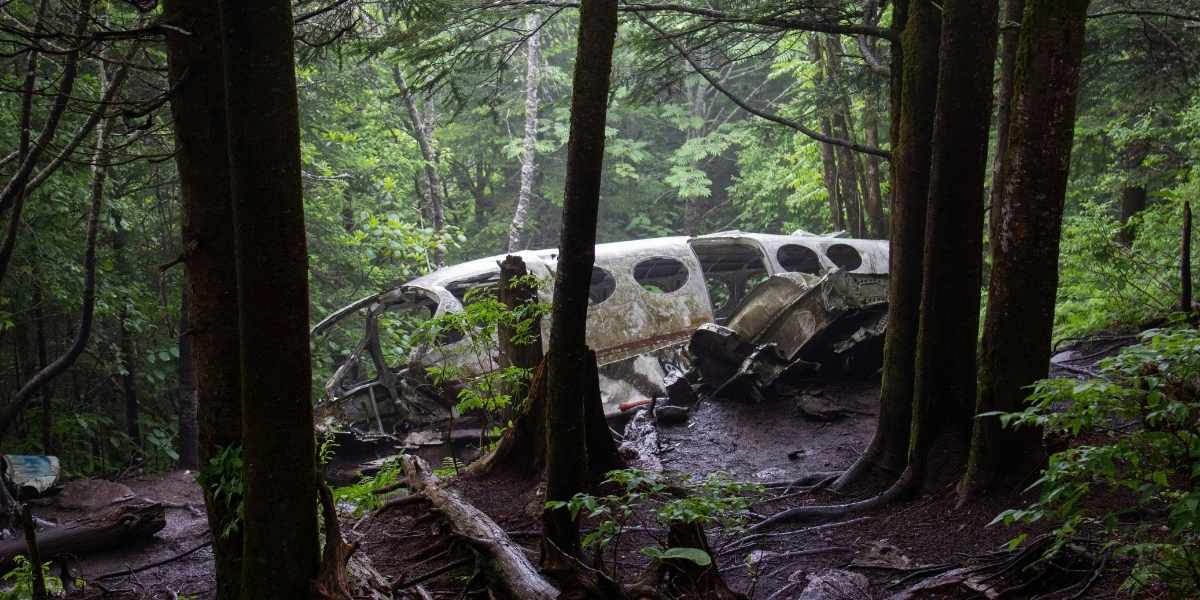The Ice Age, marked by long periods of glaciation, was home to some of the most fascinating animals in Earth’s history. Known as megafauna, these large creatures once roamed across vast, frozen landscapes. Many were adapted to withstand extreme cold, with thick fur, massive bodies, and powerful limbs. While many of these species are now extinct, their legacy continues through fossils, research, and the few descendants that survive today. Understanding these ancient animals provides insight into evolution, climate change, and ecological shifts.
Read Also: How DNA Tests Work and What They Can Tell You
What Defines Ice Age Megafauna?
The term megafauna typically refers to animals weighing over 100 pounds. During the Ice Age, this category included massive mammals, birds, and reptiles that played vital roles in their ecosystems. These animals lived alongside early humans and were often the dominant herbivores and predators of their time.
Their size was not just for show—it offered practical survival advantages. Large bodies retain heat better, an important adaptation in cold environments. Additionally, their strength and endurance helped them travel long distances in search of food during harsh winters.
Which Ice Age Megafauna Were the Most Iconic?
Several species from this era stand out due to their impressive size, unique adaptations, or close relationship with human history. These animals roamed diverse environments across continents, from the frozen tundras of North America to the grasslands of Eurasia.
Woolly Mammoth
The woolly mammoth is one of the most well-known Ice Age animals. Covered in thick, shaggy fur and equipped with long, curved tusks, it thrived in the cold climates of Europe, Asia, and North America. Closely related to modern elephants, it used its tusks to clear snow in search of vegetation. Fossil evidence and preserved specimens have made the woolly mammoth a key subject in paleontology.
Saber-Toothed Cat
Often associated with ferocity, the saber-toothed cat (commonly referred to as Smilodon) was a top predator. Its long, curved canine teeth could pierce the thick hides of prey like bison and young mammoths. Despite their intimidating appearance, these cats were likely social animals that may have hunted in packs.
Giant Ground Sloth
Unlike its modern relatives, the giant ground sloth was massive and primarily terrestrial. Some species could grow as large as modern elephants. These herbivores used their powerful claws to pull down tree branches and dig for roots. They roamed parts of South and North America and contributed to shaping vegetation patterns.
Woolly Rhinoceros
The woolly rhinoceros lived primarily in Europe and northern Asia. With a body adapted for cold, including a thick coat and a large, curved horn, this herbivore grazed on grasses and low-lying shrubs. Cave paintings found in France show that early humans encountered and likely hunted this species.
American Mastodon
Similar in appearance to mammoths, the American mastodon was another large, tusked herbivore. However, it had distinct features, such as straighter tusks and a stockier build. It inhabited forests and swamps in North America and relied on woody vegetation for food.
Why Did Many Ice Age Megafauna Go Extinct?
The extinction of many Ice Age animals remains a subject of scientific debate. Several theories point to a combination of environmental and human-related factors.
Climate Change
At the end of the Ice Age, global temperatures rose rapidly. Melting glaciers transformed habitats, reducing the open tundra and grasslands many large herbivores relied on. As their food sources dwindled, populations began to decline.
Human Activity
There is evidence that early humans hunted Ice Age megafauna for food, tools, and clothing. In many regions, the arrival of humans coincided with the disappearance of large animals. Overhunting, combined with environmental stress, may have accelerated extinction rates.
Ecosystem Disruption
As large herbivores vanished, ecosystems shifted dramatically. Predators that relied on them for food also declined. The loss of megafauna may have triggered cascading effects across plant and animal communities, altering the landscape permanently.
Are There Any Living Descendants of Ice Age Megafauna?
Although many Ice Age giants are extinct, some of their relatives still walk the Earth today. Elephants, for example, share a common ancestor with the woolly mammoth. Sloths and armadillos trace their lineage to prehistoric South American megafauna. Modern bison are also linked to ancient bovid species that roamed with saber-toothed cats and mammoths.
These connections help researchers understand how evolution shapes species over time. By studying living animals and fossil records together, scientists can reconstruct ancient ecosystems and predict how current climate trends might affect large animals today.
Read Also: The Evolution of Mobile Phones: From Bricks to Smart Devices
Why Do Ice Age Megafauna Still Fascinate Us?
Ice Age animals capture the imagination due to their impressive size, dramatic environments, and ties to early human life. They represent a world that was harsh yet biologically rich. Fossils, cave paintings, and preserved remains offer windows into a distant past, sparking curiosity and research.
Additionally, efforts to bring some of these species back through genetic engineering have generated excitement and controversy. Projects aimed at de-extincting the woolly mammoth, for example, highlight the intersection of science, ethics, and conservation.














